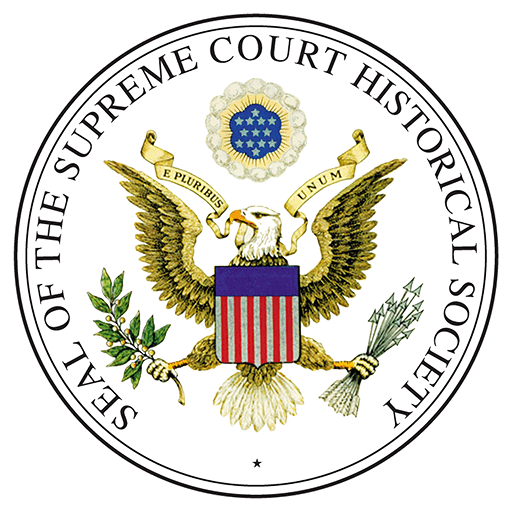Purpose
The pro se court strategy provides students with a simplified look at judicial decision-making. It allows all students in the class to role play a case with a small number of students and simple rules of evidence. The court is a triad, consisting of: a judge, who will hear arguments from the two sides and make the final decision; a plaintiff, who is the person bringing the action before the judge; and the defendant, who is accused of wrong-doing. Many teachers use the pro se court strategy to introduce students to the adversary system and to give students a basic experience before they conduct a more formal moot court or mock trial.
Procedures
- (Optional) Invite an attorney or judge to act as a community resource person. Call the local bar association, particularly the young lawyers’ association, for volunteers.
- Divide the class into three equal groups (judges, plaintiffs, and defendants.)
- Give students in each group time to prepare for the hearing.
- Judges should be instructed in “court procedure” and given time to prepare questions for the plaintiffs and defendants.
- The plaintiffs should be given time to prepare their opening statements and closing arguments.
- The defendants should be given time to prepare their opening statements and closing arguments.
- Move students into new groups of three. Each group should have one judge, one lawyer for the plaintiff and one lawyer for the defense. Inform judges that when they have a plaintiff and a defendant, they may begin “court.”
- Conduct the pro se court, using the following procedures:
- Opening statements by the parties (first by the plaintiff and then by the defendant.) An appropriate time limit should be imposed on these statements.
- Plaintiff is questioned by the judge.
- Defendant is questioned by the judge.
- Closing arguments by the parties (first by the plaintiff and then by the defendant).
- Judge makes a decision and explains his or her reasons.
- Once the judges deliver their decisions, call the class together to debrief the activity as a large group. Ask students:
- What was the most challenging part of this exercise? The easiest? Which part did you like best?
- Was your side pleased with the result?
- What were the strongest arguments on your side? What were the other team’s strongest arguments?
- For judges: Was it difficult to make a decision? What factors did you consider? What did you find most persuasive?
- To conduct a pro se court at the appellate level, replace the plaintiff with a petitioner and the defendant with a respondent, and remind the students to keep their arguments focused on the legal issues in the case, not the facts.
- (Optional) Ask the community resource person to discuss the decision-making process and decisions given. How would the community resource person’s decisions and rationale compare to the decisions given by the student judges?
